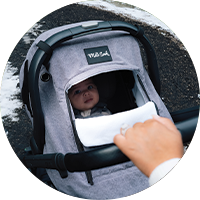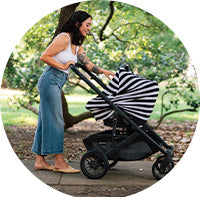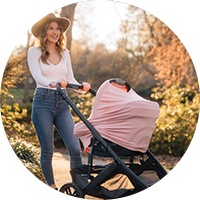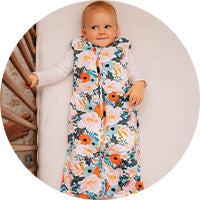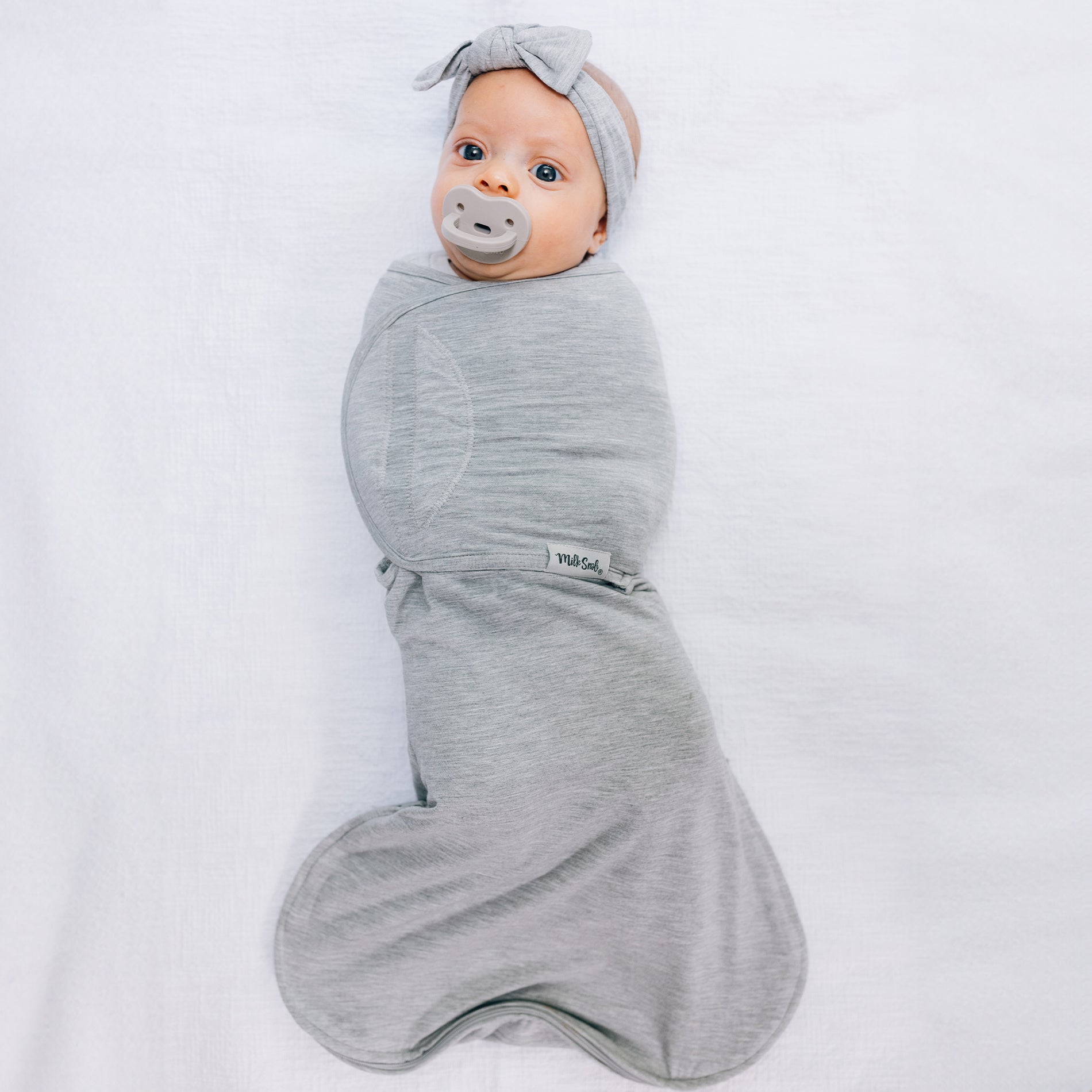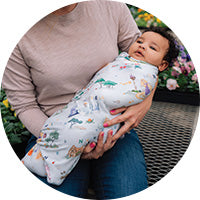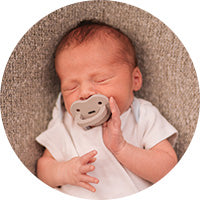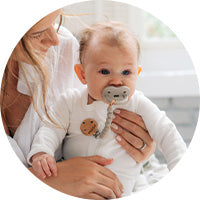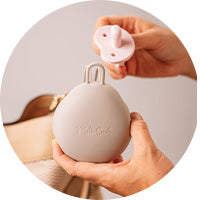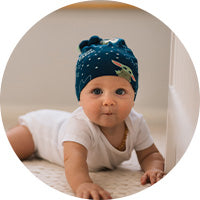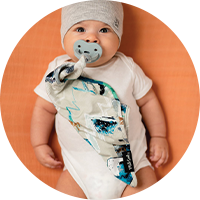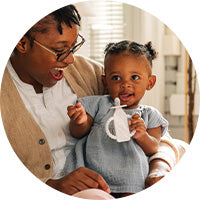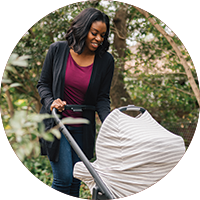Essential Tips for Traveling with a Baby (Without the Stress)
Traveling with a baby may sound like a daunting task—sleepless nights, fussy feeds, and unpredictable diaper changes can feel overwhelming when you’re away from home. But with the right planning, a flexible mindset, and the proper essentials, you can turn your trip into a smooth and memorable experience for the whole family.
Here are some practical, stress-free tips to help make traveling with your baby more enjoyable, whether you’re going by car, plane, or train.
1. Plan, But Stay Flexible
The golden rule for traveling with a baby is preparation. You can’t plan for everything, but having a basic itinerary can reduce surprises. Make reservations in advance—whether it’s accommodations with a crib or airline seats that allow early boarding.
At the same time, be mentally prepared for delays, detours, and last-minute changes. Babies operate on their schedules. Leave extra time between activities and allow room for naps, diaper changes, or an unexpected meltdown.
2. Time Your Travel Wisely
Whenever possible, schedule your travel during your baby’s naptime. For road trips, leaving just before a nap or bedtime can help ensure a more peaceful ride. For flights, aim for mid-morning or early afternoon, when babies tend to be in a better mood and airports are less crowded.
Avoid red-eye flights unless your baby sleeps soundly at night, and be mindful of your destination’s time zone if crossing regions. Try to gradually adjust your baby’s schedule a day or two before you leave.
3. Pack Strategically—Not Excessively
It’s tempting to bring everything “just in case,” but overpacking adds unnecessary stress. Focus on the essentials:
-
Diapers and wipes (enough for the trip plus extras)
-
Changing pad
-
Extra clothes for both the baby and the parent
-
Burp cloths and bibs
-
Feeding supplies (bottles, formula, snacks, or breastfeeding cover)
-
Medications and a baby-safe first aid kit
-
Baby carrier or lightweight stroller
Pro tip: Pack a separate, easy-to-access bag for in-transit needs. Think of it as your “grab-and-go” baby survival kit.
4. Choose Accommodations with Baby-Friendly Amenities
Look for places that offer baby cribs, quiet rooms, kitchenettes, or laundry access. Having these conveniences can make a huge difference, especially on longer trips. A baby monitor can also help you enjoy some downtime while your baby naps in a separate room.
If you're staying with friends or family, give them a heads-up about your baby’s routine so they can help create a suitable environment.
5. Master Feeding on the Go
Feeding while traveling requires planning and flexibility. If you’re breastfeeding, bring a comfortable nursing cover for privacy. If bottle-feeding, pack enough clean bottles and a method for warming milk or formula.
For older babies who’ve started solids, carry a variety of easy-to-pack snacks and baby-friendly utensils. Pouches of pureed fruits and vegetables, soft cereals, or teething biscuits can be lifesavers during delays or long car rides.
Stay hydrated, and don’t forget to factor in your nourishment too—hungry parents = cranky parents.
6. Make Sleep a Priority
Sleep is one of the trickiest parts of traveling with a baby. Try to mimic your home routine as closely as possible—this includes a familiar sleep sack, a white noise machine or app, and bedtime rituals like a lullaby or book.
Portable travel cribs or bassinets are helpful if your accommodation doesn’t provide one. If your baby sleeps best close to you, consider co-sleeping arrangements that are safe and comfortable.
Allow a few days of adjustment, especially if you’re changing time zones. Stick to a flexible but familiar sleep schedule to help your baby settle in.
7. Create a Safe and Stimulating Environment
New environments can be exciting—and a little overwhelming—for babies. Give your little one time to adjust to their surroundings by introducing them gradually to the new space.
Bring a few toys from home that engage their senses. Tummy time mats or foldable activity gyms can be helpful during downtime in hotel rooms. These familiar items provide comfort and entertainment.
If your baby is mobile, babyproof your temporary space as best you can by moving sharp objects or breakables and covering electrical outlets when necessary.
8. Embrace Babywearing
A baby carrier or wrap can be a game-changer when traveling. It allows you to move through airports, climb stairs, or explore sightseeing spots with both hands free and your baby close and comforted.
Choose a carrier that offers good support and is comfortable for long wear. Babywearing can also help soothe a fussy baby or help them nap while you explore.
9. Prepare for Takeoff and Touchdown
If you’re flying, take steps to help your baby’s ears adjust during takeoff and landing. Feeding (nursing or bottle) or offering a pacifier can help relieve pressure in their ears.
Choose an aisle seat for easier access to the restroom or walking space. Don’t hesitate to ask flight attendants for assistance—they’re often willing to help make your flight more comfortable.
Remember, babies cry. Other passengers might be understanding—or not—but your priority is your baby’s comfort, not their opinions.
10. Keep a Sense of Humor and Go with the Flow
Even with the best planning, there will be hiccups. A missed nap, a diaper explosion, or an unexpected delay is par for the course. The key is to stay calm, breathe, and laugh when possible.
You’re doing something amazing—giving your baby the chance to see the world and helping them grow through new experiences. Every trip may not be perfect, but the memories will last forever.
Final Thoughts
Traveling with a baby doesn’t have to be stressful—it just requires a bit more preparation and a lot more flexibility. Keep your expectations realistic, prioritize your baby’s needs, and allow time for rest and play. With the right mindset and these essential tips, your family’s adventures can be joyful, enriching, and full of love.
Happy travels!





